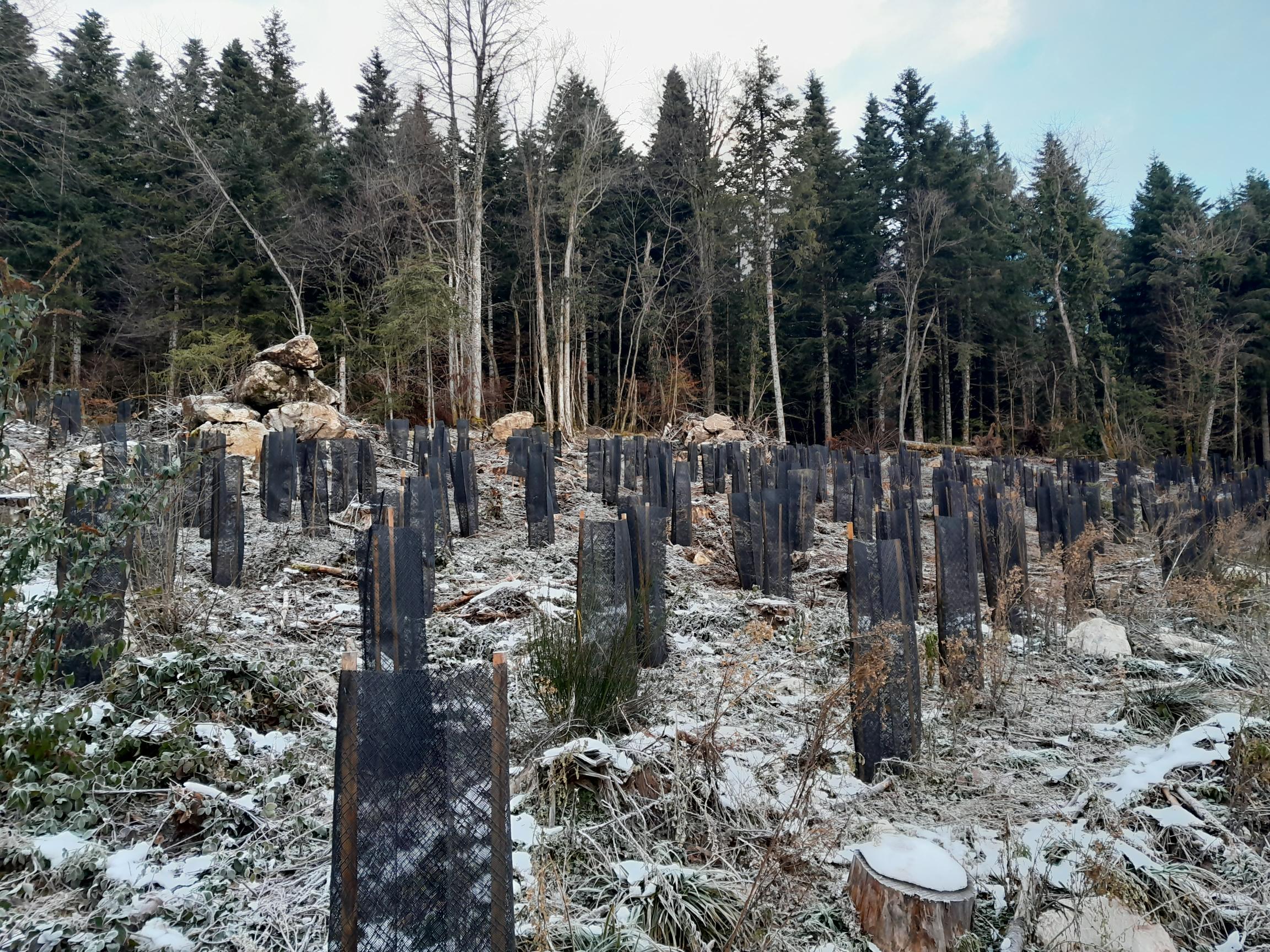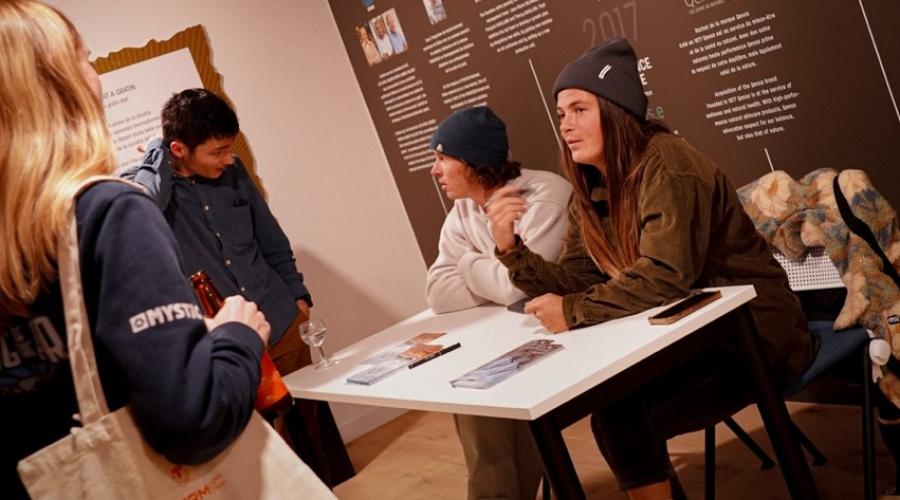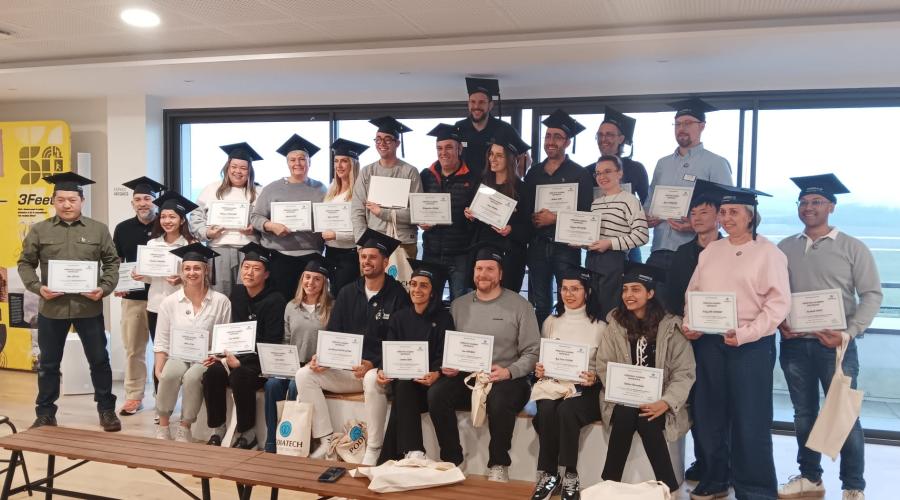Latest Impact: Sidas World Foundation in Action

Since its creation in 2022, the Sidas World Foundation, hosted by the Fondation de France, has been actively committed to preserving natural ecosystems and fighting climate change.
To date, the Foundation has supported eight projects and mobilizes 30 volunteer employees. 1,038 hectares of forestry work (excluding planting) have been carried out, 5,880 trees have been planted, and 26 ponds have been created or restored.
For more detailed information: https://fondation-sidas.world/en
Many projects are still ongoing, but among the key initiatives, we can highlight:
Our collaboration with the ONF (French National Forests Office) to reforest the communal forest in Miribel-Les-Echelles. This project, supported with €30,000, aims to sustainably restore the forest cover through the planting of diverse tree species. The communal forest of Miribel-les-Échelles is heavily affected by climate change and bark beetle infestations, justifying human intervention. Species were carefully selected for their ability to adapt to current pressures and future climate conditions. This operation will help preserve a habitat favorable to local fauna and flora, while maintaining a sustainable source of high-quality wood material. In 2024, the year of our involvement, 2.5 hectares were restored and 2,760 trees were planted. A five-year follow-up is planned to support the implementation of the project over time and assess its impact.
A €29,400 contribution (90% of the total budget) to the Adaptive Plantation project in the communal forest of Bédoin. Due to increasing drought, two high-altitude forest plots showed signs of dieback and a lack of natural regeneration. The project involved enrichment planting over more than 3.3 hectares, using more drought-resistant species already present in the lower part of the massif. In autumn 2022, 2,140 cedars were planted, with fencing or individual protection to shield them from wildlife. In 2024, the second phase of the project took shape with the planting of 800 Cephalonian first.
Two projects in partnership with the LPO (League for the Protection of Birds):
1. The restoration and creation of ponds in Alpine areas. The Foundation allocated a €20,000 budget to restore and create ponds with natural or artificial sealing, improve existing ponds, and contribute to the conservation of mountain ponds. These ponds are vital for mountain species, acting as biodiversity reservoirs due to the wide range of habitats they provide. They also serve as important carbon sinks and as a crucial resource for agriculture and livestock. Over the 3-year duration of the project (2023–2025), the goal is to complete over 100 pond and wetland restoration operations in mountainous areas. In 2023, 23 projects were completed, and 33 more followed in 2024.
2. The restoration of heritage ponds. The same €20,000 budget was allocated to this project, aimed at reviving a millennia-old pond. The Grand Albert and Petit Coquet are ancient forest ponds created by monks in the Middle Ages. Unfortunately, the Grand Albert dried up about ten years ago after the main dike failed. The Sidas World Foundation is contributing to the renaturation of the Grand Albert and the preservation of Petit Coquet. The main goal is to refill the Grand Albert so it can once again host rare and protected flora and fauna.A €15,000 grant to the Pic Vert association to recreate pockets of nature to preserve biodiversity in the heart of an agricultural zone. The Bièvre plain, located near the SIDAS headquarters in Saint-Étienne-de-Saint-Geoirs, is one of the main agricultural areas in the department. It is a heavily human-impacted area, yet it still holds strong biodiversity potential, notably as one of the main bird migration corridors through the Rhône Valley toward the major Alpine lakes in France and Switzerland. The association acquires land parcels to be restored and developed as shelters for migrating species or those in search of refuge. Once the land is acquired, an initial assessment is conducted, followed by a two-year action plan to enhance the site’s biodiversity potential. Actions may include, but are not limited to, installing shelters for fauna, maintaining water points, or planting trees and/or hedgerows.
Through these various projects, the Foundation supports local actions and associations that uphold values we consider essential.


